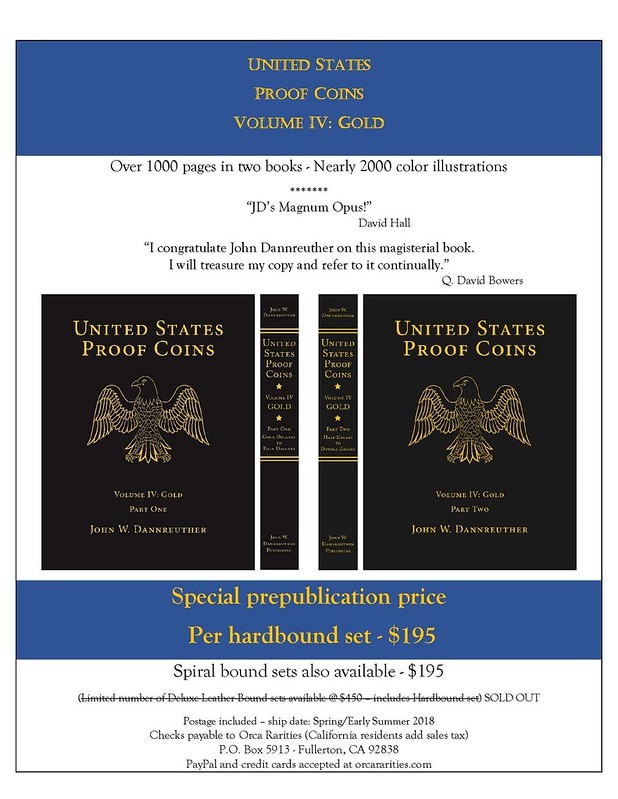
PREV ARTICLE
NEXT ARTICLE
FULL ISSUE
PREV FULL ISSUE
ON COMPUTER COIN GRADINGRelated to the concept of image search is the perennial idea of using computers to grade coins. It's a notoriously hard and subjective problem, but has a universal appeal.
Theoretically, computers could be 100% objective and accurate. As hardware and software capabilities increase the idea gets periodically revisited. There was a discussion about it on the
CoinTalk forum this week. Here are some selected comments. "TPG" is shorthand for third-party grader". -Editor
All the big TPGs take photos of coins they grade. Couldn't the same process be done to recognize bag marks, nicks, scratches, levels of strike quality, wear of high points, and other imperfections? Certainly someone wouldn't purposely add a bag mark or scratch to avoid detection that might reduce a coin's value, and like fingerprint technology, if so many other factors are still the same (like level and location of wear) it is unlikely it would be fooled. And like fingerprint and facial recognition, toning over time wouldn't affect it being identified as an exact match. The TPGs could share such technology and the database the same way various law enforcement agencies do with prints. I feel this could help protect the integrity of our hobby, specifically the population stats - and thus the value - of higher grade coins. It could also detect coins that have been previously submitted and determined as counterfeits. The services have been playing with this technology for a long time now. The problem is the cost of using it. It would have to be passed on in grading fees. At the last Fun Show in January, NGC and PCGS were talking about using the technology for counterfeit detection. Of course it is possible. But it is expensive. It always is at first. Just the same way the first microwaves were, HD tvs were, basic cell phones, and other items were at first cost prohibitive. But that's what is great about capitalism: If there is a demand, and technology exists, people will compete to attract business by searching for ways to make it cheaper. To me, image search is a more tractable problem than grading. Grading clues are subtle and can be wildly affected by image quality. But design and die diagnostics are more
prominent, and using image libraries to aid humans in detecting known counterfeits or attributing known die varieties is likely more possible, and some proprietary systems may already exist. The
pedigree search used by Ex-Numis is a first step, and even that is far from perfect and needs a human in the loop. With enough investment, more can be done. But I think third party coin graders are
safe in their jobs for now. -Editor
To read the complete discussion thread, see:  Wayne Homren, Editor The Numismatic Bibliomania Society is a non-profit organization promoting numismatic literature. See our web site at coinbooks.org. To submit items for publication in The E-Sylum, write to the Editor at this address: whomren@gmail.com To subscribe go to: https://my.binhost.com/lists/listinfo/esylum All Rights Reserved. NBS Home Page Contact the NBS webmaster 
|